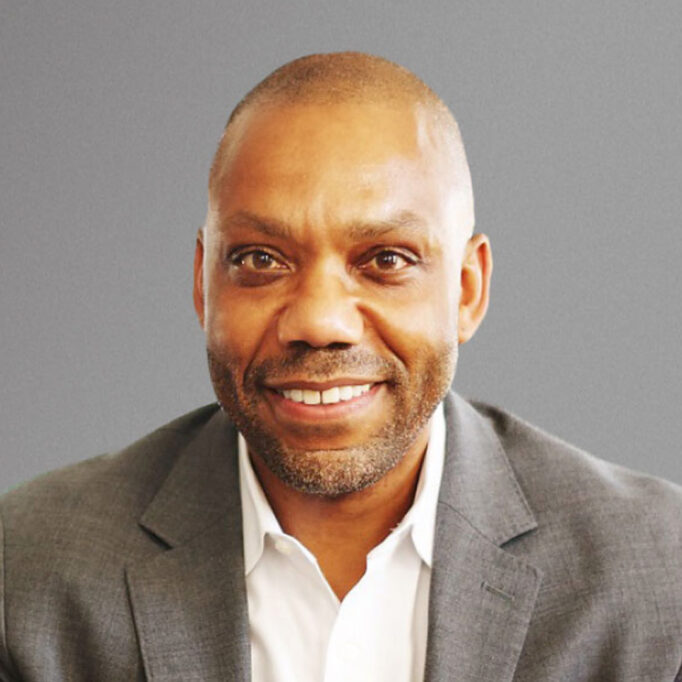Baltimore is a Black majority (63%) city with a history of restrictive covenants, redlining, disinvestment, and other forms of exclusion which led to segregation and devaluation of Black neighborhoods. Its poverty rate (23.1%) is almost twice the national average, with far higher rates in Black-majority neighborhoods and far lower rates in white-majority neighborhoods.
Yet with its historic waterfront and proximity to the Capitol area, Baltimore is now one of the five fastest-gentrifying cities in the U.S., along with New York, Los Angeles, Washington, DC, and Philadelphia. Not surprisingly, an Urban Institute study found that private investment concentrates in Baltimore’s whiter, wealthier neighborhoods, which attract most of the building permits, rehabbing, and financing for residential and commercial development.
Significant public and mission-driven investment has been focused on Black-majority neighborhoods, but it’s small amount of money compared to the private capital driving the city’s overall development. As a result, despite intense gentrification in some parts of Baltimore, development has bypassed other Black-majority neighborhoods.
West Baltimore is a case in point. It is a historically important Black neighborhood, located under an hour from Washington, DC. For many decades it was a prosperous, economically diverse community. But like many other Black communities nationwide, starting in the early 1940s, a combination of redlining, housing segregation, urban “renewal,” job discrimination, loss of blue-collar jobs, and successive drug epidemics forced it into decline.
Today West Baltimore has a reputation for dilapidated housing, crime, and as the scene of the 2015 death of Freddie Gray in police custody and the uprising that followed it. Six officers were indicted on charges including second-degree murder and manslaughter, but none was convicted. Largely peaceful demonstrations boiled over; buildings and cars were burned. Protestors expressed their outrage at longstanding, systemic injustices from police brutality to economic disparity. Median income in Gray’s West Baltimore neighborhood of Sandtown-Winchester/Harlem Park neighborhood is just $24,000, more than half of residents don’t have jobs, and a third of the housing is vacant or abandoned [ii].
While that’s many people’s image of West Baltimore, it’s inaccurate. Its neighborhoods are rich in history, culture, social fabric, and housing stock with beautiful architectural details, plus it has the most generous greenspace of any neighborhood in Baltimore. All things being equal, these valuable assets should make West Baltimore an attractive place to live, including for Black residents displaced from other parts of the city by gentrification, and a good candidate for development.
Yet developers have mostly passed it by, partly because it has large areas of unmaintained and/or vacant, unlivable housing. That raises risks and costs for developers and homeowners, and depresses property values and housing demand. And as long as developers stay away, disinvestment, devaluation, and associated social problems persist in a vicious cycle.
But even if developers did decide to invest in West Baltimore, what’s to prevent them from buying up large swaths of devalued property, gentrifying them, and forcing Black residents out, as was done in other parts of the city? How can neighborhoods like West Baltimore attract needed development without stoking displacement?

